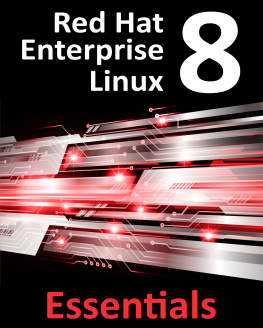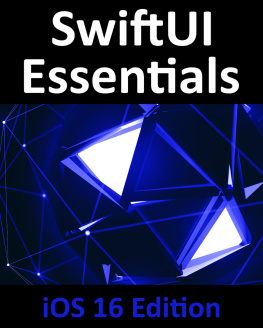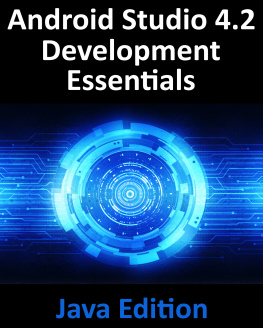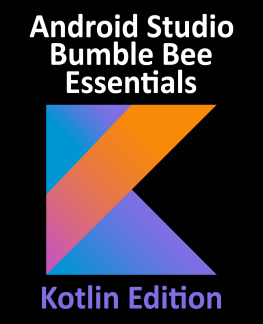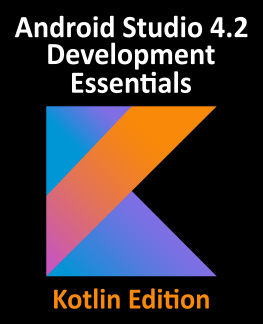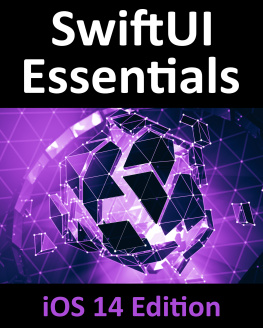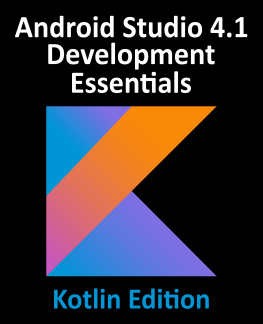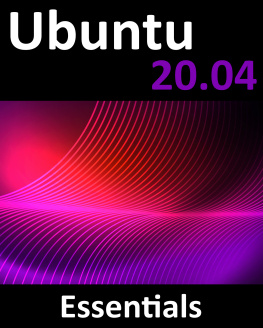Neil Smyth - RHEL 8 Essentials
Here you can read online Neil Smyth - RHEL 8 Essentials full text of the book (entire story) in english for free. Download pdf and epub, get meaning, cover and reviews about this ebook. year: 2019, publisher: Payload, genre: Computer. Description of the work, (preface) as well as reviews are available. Best literature library LitArk.com created for fans of good reading and offers a wide selection of genres:
Romance novel
Science fiction
Adventure
Detective
Science
History
Home and family
Prose
Art
Politics
Computer
Non-fiction
Religion
Business
Children
Humor
Choose a favorite category and find really read worthwhile books. Enjoy immersion in the world of imagination, feel the emotions of the characters or learn something new for yourself, make an fascinating discovery.
- Book:RHEL 8 Essentials
- Author:
- Publisher:Payload
- Genre:
- Year:2019
- Rating:4 / 5
- Favourites:Add to favourites
- Your mark:
- 80
- 1
- 2
- 3
- 4
- 5
RHEL 8 Essentials: summary, description and annotation
We offer to read an annotation, description, summary or preface (depends on what the author of the book "RHEL 8 Essentials" wrote himself). If you haven't found the necessary information about the book — write in the comments, we will try to find it.
RHEL 8 Essentials — read online for free the complete book (whole text) full work
Below is the text of the book, divided by pages. System saving the place of the last page read, allows you to conveniently read the book "RHEL 8 Essentials" online for free, without having to search again every time where you left off. Put a bookmark, and you can go to the page where you finished reading at any time.
Font size:
Interval:
Bookmark:
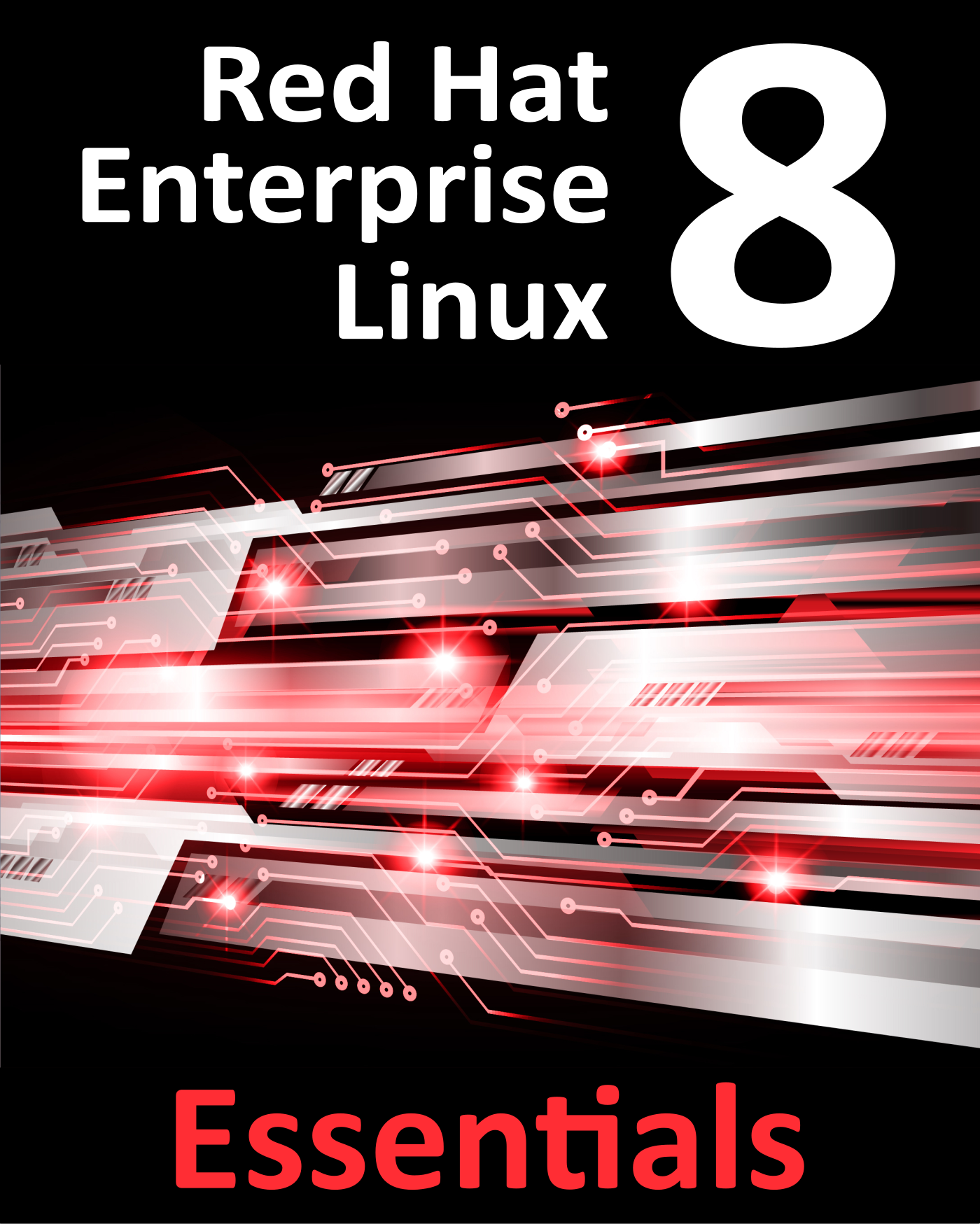
Red Hat Enterprise Linux 8 Essentials
Red Hat Enterprise Linux 8 Essentials
ISBN-13: 978-1-951442-04-0
2019 Neil Smyth / Payload Media, Inc. All Rights Reserved.
This book is provided for personal use only. Unauthorized use, reproduction and/or distribution strictly prohibited. All rights reserved.
The content of this book is provided for informational purposes only. Neither the publisher nor the author offers any warranties or representation, express or implied, with regard to the accuracy of information contained in this book, nor do they accept any liability for any loss or damage arising from any errors or omissions.
This book contains trademarked terms that are used solely for editorial purposes and to the benefit of the respective trademark owner. The terms used within this book are not intended as infringement of any trademarks.
Rev: 2.0
Table of Contents
Introduction
Arguably one of the most highly regarded and widely used enterprise level operating systems available today is the Red Hat Enterprise Linux (typically shortened to RHEL and pronounced rell ) distribution. Not only is it considered to be among the most stable and reliable operating systems, it is also backed by the considerable resources and technical skills of Red Hat, Inc.
RHEL 8 Essentials is designed to provide detailed information on the installation, use and administration of the Red Hat Enterprise Linux 8 distribution. For beginners, the book covers topics such as operating system installation, the basics of the GNOME desktop environment, configuring email and web servers and installing packages and system updates using App Streams. Additional installation topics such as dual booting with Microsoft Windows are also covered, together with all important security topics such as configuring a firewall and user and group administration.
For the experienced user, topics such as remote desktop access, the Cockpit web interface, logical volume management (LVM), disk partitioning, swap management, KVM virtualization, Secure Shell (SSH), Linux Containers and file sharing using both Samba and NFS are covered in detail to provide a thorough overview of this enterprise class operating system.
1.1 Superuser Conventions
RHEL 8, in common with Linux in general, has two types of user account, one being a standard user account with restricted access to many of the administrative files and features of the operating system, and the other a superuser ( root ) account with elevated privileges. Typically, a user can gain root access either by logging in as the root user, or using the su - command and entering the root password. In the following example, a user is gaining root access via the su - command:
[neil@rhel8-demo ~]$ su
Password:
[root@rhel8-demo ~]#
Note that the command prompt for a regular user ends with a $ sign while the root user has a # character. When working with the command-line, this is a useful indication as to whether or not you are currently issuing commands as the root user.
Alternatively, a single command requiring root privileges may be executed by a non-root user via the sudo command. Consider the following attempt to update the operating system with the latest patches and packages:
[neil@rhel8-demo ~]$ dnf update
Not root, Subscription Management repositories not updated
Error: This command has to be run under the root user.
Optionally, user accounts may be configured so that they have access to root level privileges. Instead of using the su - command to first gain root access, user accounts with administration privileges are able to run otherwise restricted commands using sudo .
[neil@rhel8-demo]$ sudo dnf update
We trust you have received the usual lecture from the local System
Administrator. It usually boils down to these three things:
#1) Respect the privacy of others.
#2) Think before you type.
#3) With great power comes great responsibility.
[sudo] password for neil:
Updating Subscription Management repositories.
.
.
The reason for raising this issue so early in the book is that many of the command-line examples outlined in this book will require root privileges. Rather than repetitively preface every command-line example with directions to run the command as root, the command prompt at the start of the line will be used to indicate whether or not the command needs to be performed as root. If the command can be run as a regular user, the command will be prefixed with a $ command prompt as follows:
$ date
If, on the other hand, the command requires root privileges, the command will be preceded by a # command prompt:
# dnf install openssh
1.2 Feedback
We want you to be satisfied with your purchase of this book. If you find any errors in the book, or have any comments, questions or concerns please contact us at .
1.3 Errata
While we make every effort to ensure the accuracy of the content of this book, it is inevitable that a book covering a subject area of this size and complexity may include some errors and oversights. Any known issues with the book will be outlined, together with solutions, at the following URL:
https://www.ebookfrenzy.com/errata/rhel8.html
In the event that you find an error not listed in the errata, please let us know by emailing our technical support team at . They are there to help you and will work to resolve any problems you may encounter.
A Brief History of Red Hat Linux
Red Hat Enterprise Linux is one of a number of variants (also referred to as distributions ) of the Linux operating system and is the product of a U.S. company named Red Hat, Inc., based in Raleigh, North Carolina. The company was founded in the mid-1990s through the merger of two companies owned at the time by Marc Ewing and Bob Young. The origins of Linux, however, go back even further. This chapter will outline the history of both the Linux operating system and Red Hat, Inc.
2.1 What exactly is Linux?
Linux is an operating system in much the same way that Windows is an operating system (and there any similarities between Linux and Windows end). The term operating system is used to describe the software that acts as a layer between the hardware in a computer and the applications that we all run on a daily basis. When programmers write applications, they interface with the operating system to perform such tasks as writing files to the hard disk drive and displaying information on the screen. Without an operating system, every programmer would have to write code to directly access the hardware of the system. In addition, the programmer would have to be able to support every single piece of hardware ever created to be sure the application would work on every possible hardware configuration. Because the operating system handles all of this hardware complexity, application development becomes a much easier task. Linux is just one of a number of different operating systems available today.
2.2 UNIX Origins
To understand the history of Linux, we first have to go back to AT&T Bell Laboratories in the late 1960s. During this time AT&T had discontinued involvement in the development of a new operating system named Multics. Two AT&T engineers, Ken Thompson and Dennis Ritchie, decided to take what they had learned from the Multics project and create a new operating system named UNIX which quickly gained popularity and wide adoption both with corporations and academic institutions.
A variety of proprietary UNIX implementations eventually came to market including those created by IBM (AIX), Hewlett-Packard (HP-UX) and Sun Microsystems (SunOS and Solaris). In addition, a UNIX-like operating system named MINIX was created by Andrew S. Tanenbaum designed for educational use with source code access provided to universities.
Font size:
Interval:
Bookmark:
Similar books «RHEL 8 Essentials»
Look at similar books to RHEL 8 Essentials. We have selected literature similar in name and meaning in the hope of providing readers with more options to find new, interesting, not yet read works.
Discussion, reviews of the book RHEL 8 Essentials and just readers' own opinions. Leave your comments, write what you think about the work, its meaning or the main characters. Specify what exactly you liked and what you didn't like, and why you think so.

